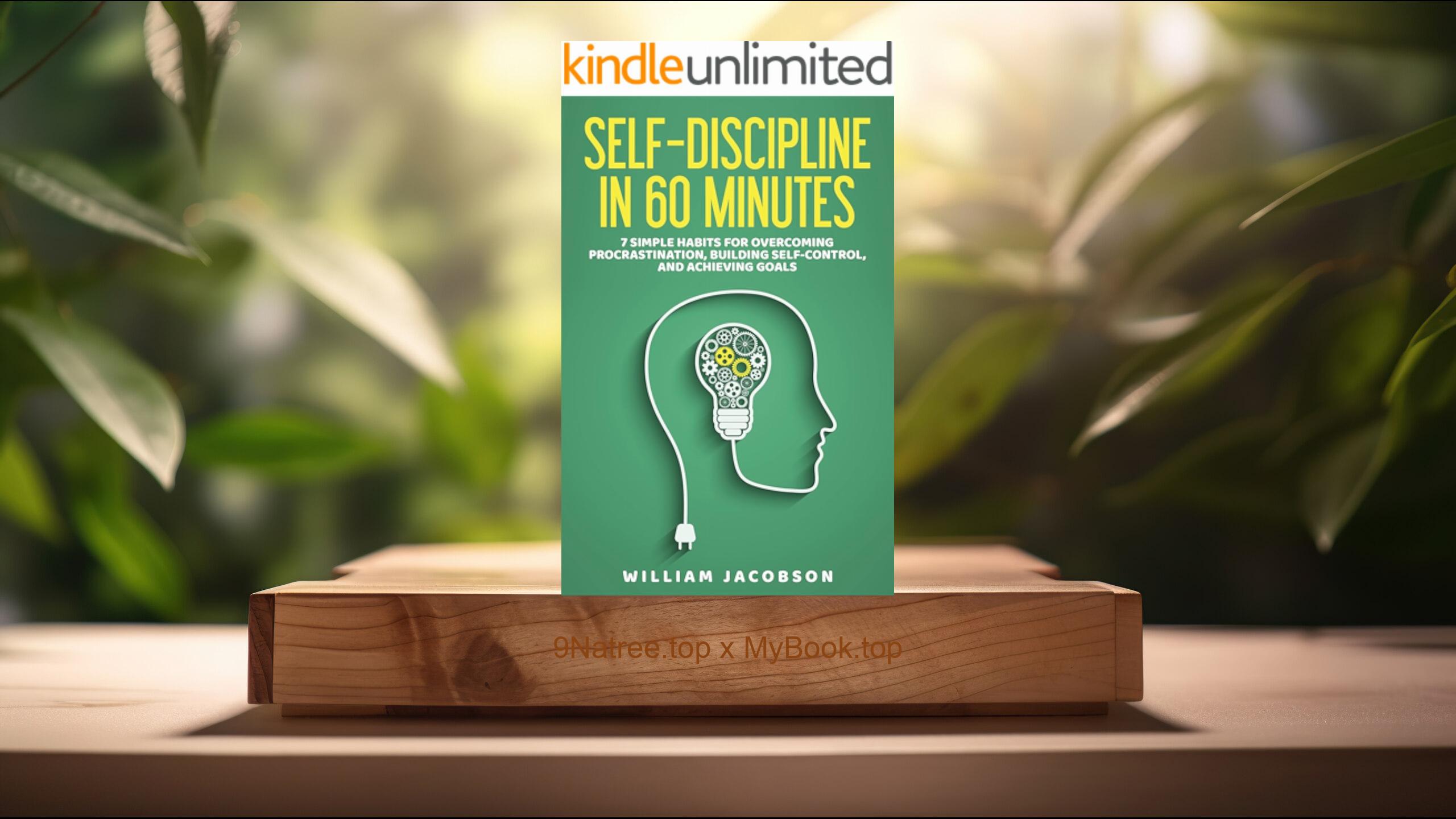Show Notes
- Amazon USA Store: https://www.amazon.com/dp/B09RMTH2N3?tag=9natree-20
- Amazon Worldwide Store: https://global.buys.trade/%22Pure-O%22-OCD-Chad-LeJeune-PhD.html
- eBay: https://www.ebay.com/sch/i.html?_nkw=+Pure+O+OCD+Chad+LeJeune+PhD+&mkcid=1&mkrid=711-53200-19255-0&siteid=0&campid=5339060787&customid=9natree&toolid=10001&mkevt=1
- Read more: https://mybook.top/read/B09RMTH2N3/
#PureOOCD #AcceptanceandCommitmentTherapy #cognitivedefusion #exposureandresponseprevention #intrusivethoughts #PureOOCD
These are takeaways from this book.
Firstly, Understanding the Pure O cycle and hidden compulsions, LeJeune demystifies Pure O by showing that intrusive thoughts are normal human experiences. What differentiates OCD is not the presence of disturbing thoughts, images, or urges, but the cycle they trigger. A spike appears, anxiety rises, and the mind scrambles for certainty. In Pure O, those compulsions are largely mental. Readers learn to recognize rumination, excessive analysis, mental checking, mental praying or neutralizing, and reassurance seeking as rituals that temporarily soothe distress but strengthen the disorder. The book maps out how avoidance and safety behaviors keep sensitivity high and broaden triggers. With case vignettes, it highlights common themes such as harm, sexual, religious, contamination, identity, and relationship concerns, and explains thought action fusion and the intolerance of uncertainty that drives the cycle. By naming the covert rituals and understanding their short term payoff and long term costs, readers can stop confusing busyness with progress and start targeting the true engine of OCD.
Secondly, Acceptance and Commitment Therapy fundamentals, Grounded in ACT, the book replaces the control agenda with willingness. LeJeune introduces creative hopelessness to help readers see how fighting thoughts, demanding certainty, or waiting for perfect calm keeps them stuck. He teaches the six ACT processes in accessible language. Acceptance builds openness to discomfort. Cognitive defusion loosens the literal grip of thoughts. Present moment awareness stabilizes attention. Self as context creates a spacious observer stance. Values clarify what matters most, and committed action moves life forward despite doubt. Rather than proving a thought false, ACT helps readers experience thoughts as passing events, not threats or commands. The book uses simple metaphors and exercises to practice willingness, including dropping the rope with the struggle, making room for sensations, and letting urges rise and fall. The emphasis is practical flexibility, so readers can do what matters while uncertainty and intrusive content come and go on their own timeline.
Thirdly, Defusion and mindfulness skills for intrusive thoughts, Because Pure O often spins in words and images, the book devotes careful attention to defusion and mindfulness tools. Readers practice labeling mental events as the mind is telling me or here is the worry story to create distance without debate. Techniques such as repeating a sticky thought slowly, singing it to a tune, or writing it down and carrying it with you help de literalize frightening content. LeJeune includes present moment practices to ground attention in the body and environment, strengthening the ability to notice and allow rather than argue and analyze. Urge surfing and expansion skills teach how to make space for anxiety, guilt, or disgust without reflexive neutralizing. Importantly, these exercises are not used to feel better in the moment but to build a new stance toward inner experiences. With repetition, thoughts lose their coercive pull, rumination loses fuel, and space opens for actions that reflect personal values instead of fear.
Fourthly, Exposure and response prevention for mental rituals, LeJeune integrates ACT with ERP to target the invisible compulsions that sustain Pure O. Readers learn to design exposure hierarchies that include both external triggers and imaginal exposures for taboo or uncertain scenarios. The book teaches how to write and record scripts that deliberately invite feared outcomes, all while practicing willingness and response prevention. It shows how to block rumination by setting brief scheduled worry windows, how to delay and then drop reassurance seeking, and how to stop covert checking or mental undoing. Special guidance addresses sensitive themes such as harm, sexual, and religious intrusions, reducing shame and aligning exposures with personal values. The approach emphasizes brief, frequent practice with clear criteria for success based on doing the opposite of the compulsion, not on feeling less anxiety. Over time, readers learn that uncertainty is survivable, that spikes peak and pass on their own, and that life expands when rituals no longer run the show.
Lastly, Values, resilience, and long term change, The book closes by translating insight into daily structure. Values clarification exercises help readers identify domains such as relationships, work, learning, health, and contribution, then choose small, consistent steps that embody those values now. LeJeune offers planning tools for maintaining practice, including building exposure habits, tracking rituals, and setting behavioral goals anchored to values rather than symptom reduction. He normalizes setbacks, teaches how to run a relapse drill, and frames lapses as opportunities to recommit rather than proof of failure. Self compassion, social support, and therapist collaboration are encouraged, while readers also learn skills to coach themselves between sessions. Progress is measured by flexibility and engagement in life, not by the absence of thoughts. This shift protects gains and reduces the likelihood of swapping one compulsion for another. The result is a sustainable path where freedom grows from consistent, value aligned action under uncertainty.
![[Review] "Pure O" OCD (Chad LeJeune PhD) Summarized](https://episodes.castos.com/660078c6833215-59505987/images/2209120/c1a-085k3-rkpn08drum14-8wmviu.jpg)




